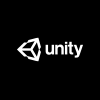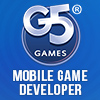34BigThings is one of the biggest indie game studios in Italy. Founded in 2013 and self-sustained throughout, they launched their first game Hyperdrive Massacre in 2015, while working on their much more ambitious futuristic racer Redout. The team’s lead game designer Giuseppe Enrico Franchi shares the story.

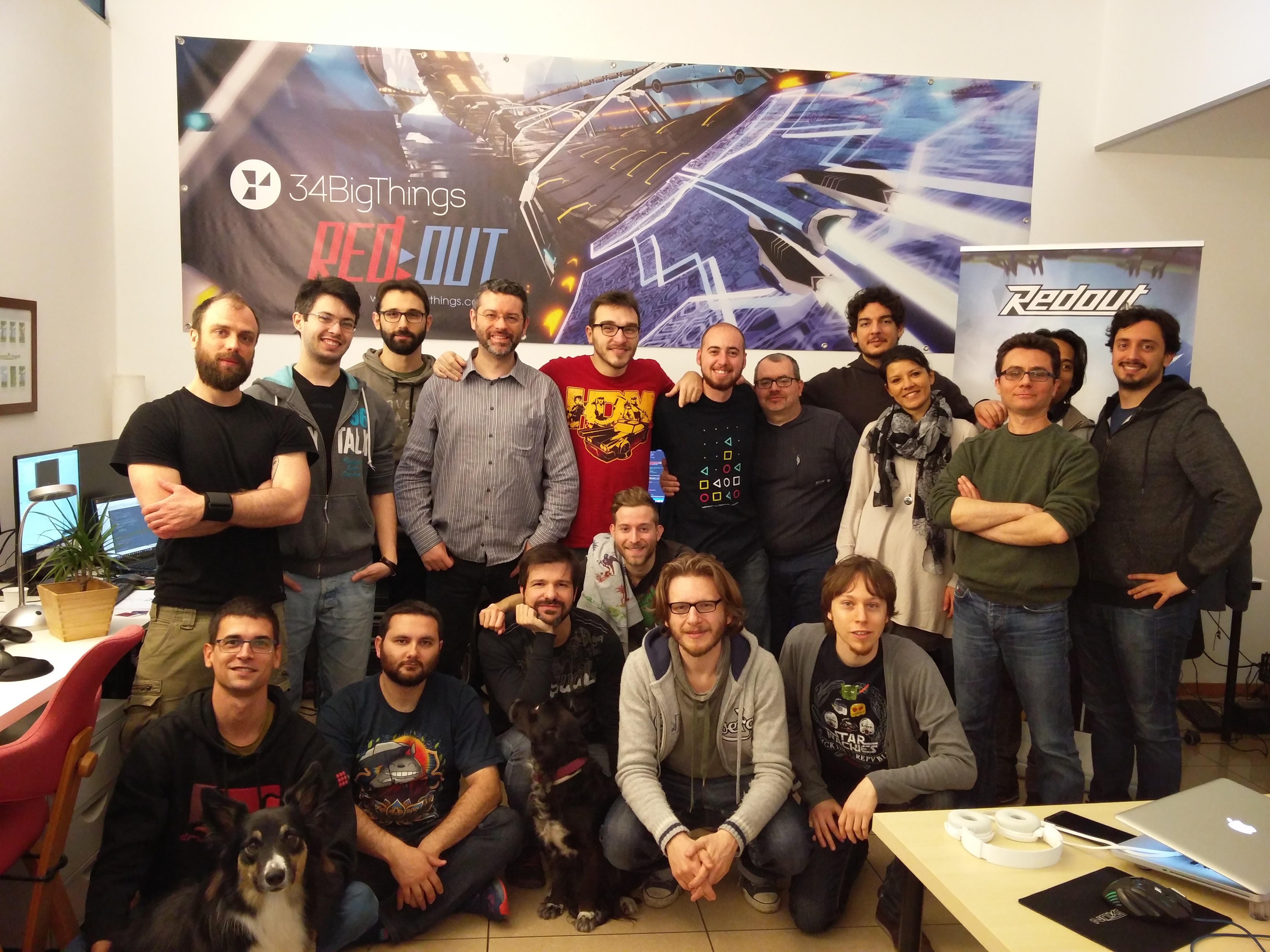
It was when we had people working in the kitchen and the CEO’s desk was moved to the balcony that we realized we were on the right track. We looked for an office and finally moved out, all while the development of our first released commercial title was at a crucial point. That game was Hyperdrive Massacre (HDM).
King of the couch
Hyperdrive Massacre is an 80s-inspired arcade shooter designed specifically for local multiplayer. Heavily influenced by Asteroids and Spacewar, HDM puts players in control of a tiny spacecraft (which happens to be a flying muscle car) and encourages them to shoot other players down with laser bullets, frag grenades, rockets, shotguns, homing mines and many other destructive tools. Gameplay goes from the classic deathmatch to racing, a Rocket League-sque Soccer mode, and even a ridiculously hard Pong mode in which players control their spacecars instead of paddles.
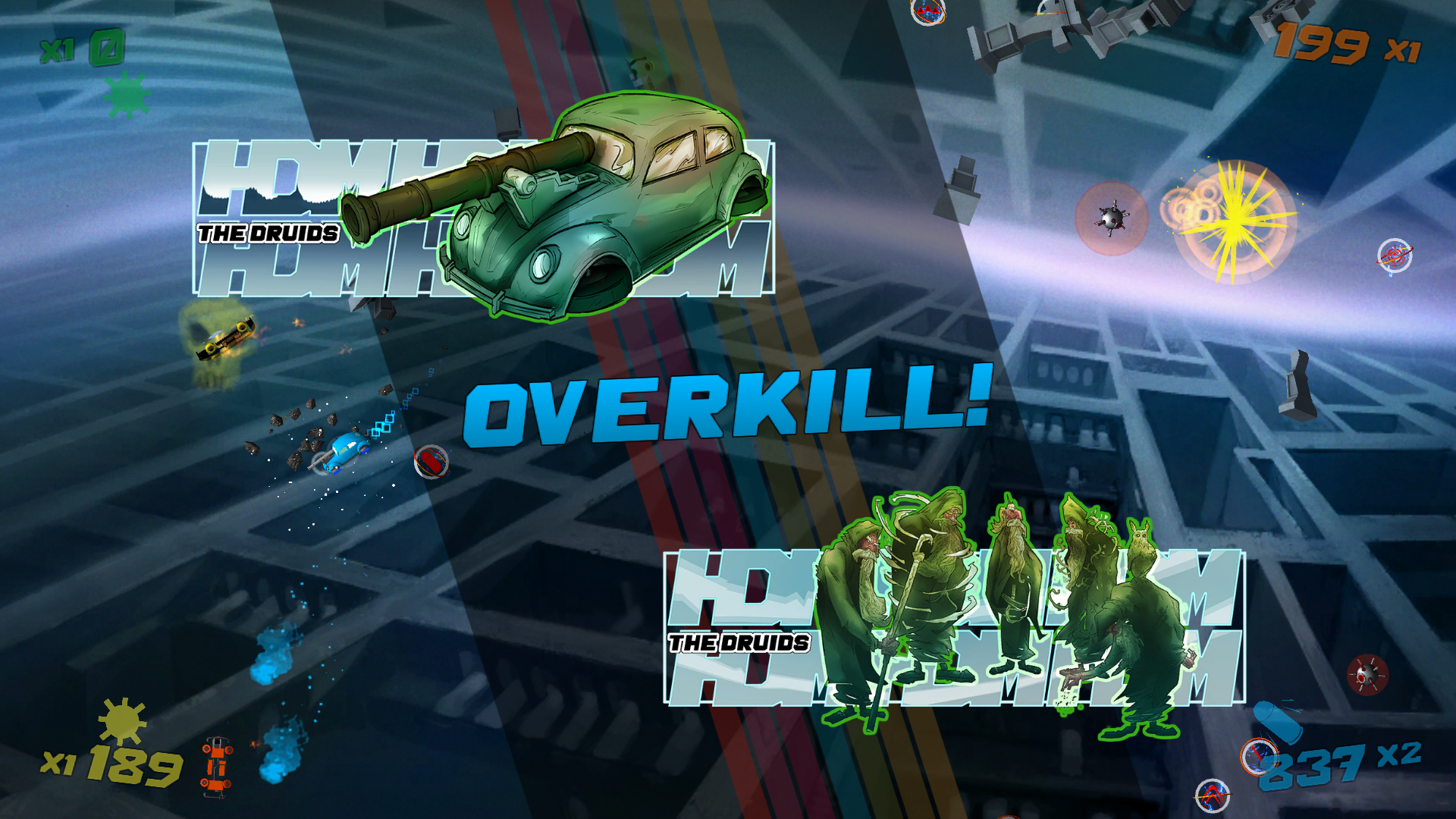
Hyperdrive Massacre was born in September 2014 as a quick throwaway prototype by modifying an Asteroids template project in Unity. That small little game with rocket-shaped, solid color ships shooting at each other turned out to be very entertaining, to the point that we would actively stop working to challenge each other at “Protoroids”, the first working title. We decided to allocate some team members to the game and bring it to market.
The art of compromise
HDM was planned as a “test run” to launch a simple-in-scope, yet commercially viable game on Steam and Xbox One. The other game we were developing at the time, Redout, also started with this goal in mind, but had already begun to reveal itself as the huge beast it would become (as of August 2016, we are still working on Redout).
This meant that with HDM we had to stay on schedule. Being self-funded and doing lots of B2B work, we knew perfectly well how it’s done: we just never bothered applying it to ourselves. With our development philosophy always being “it’s ready when it’s ready”, we decided to try a different approach and finish the game within 8 months. We managed to land HDM on the market in just about a year, but that meant sharpening the razor and mercilessly cutting feature, assets, animations, polishing.
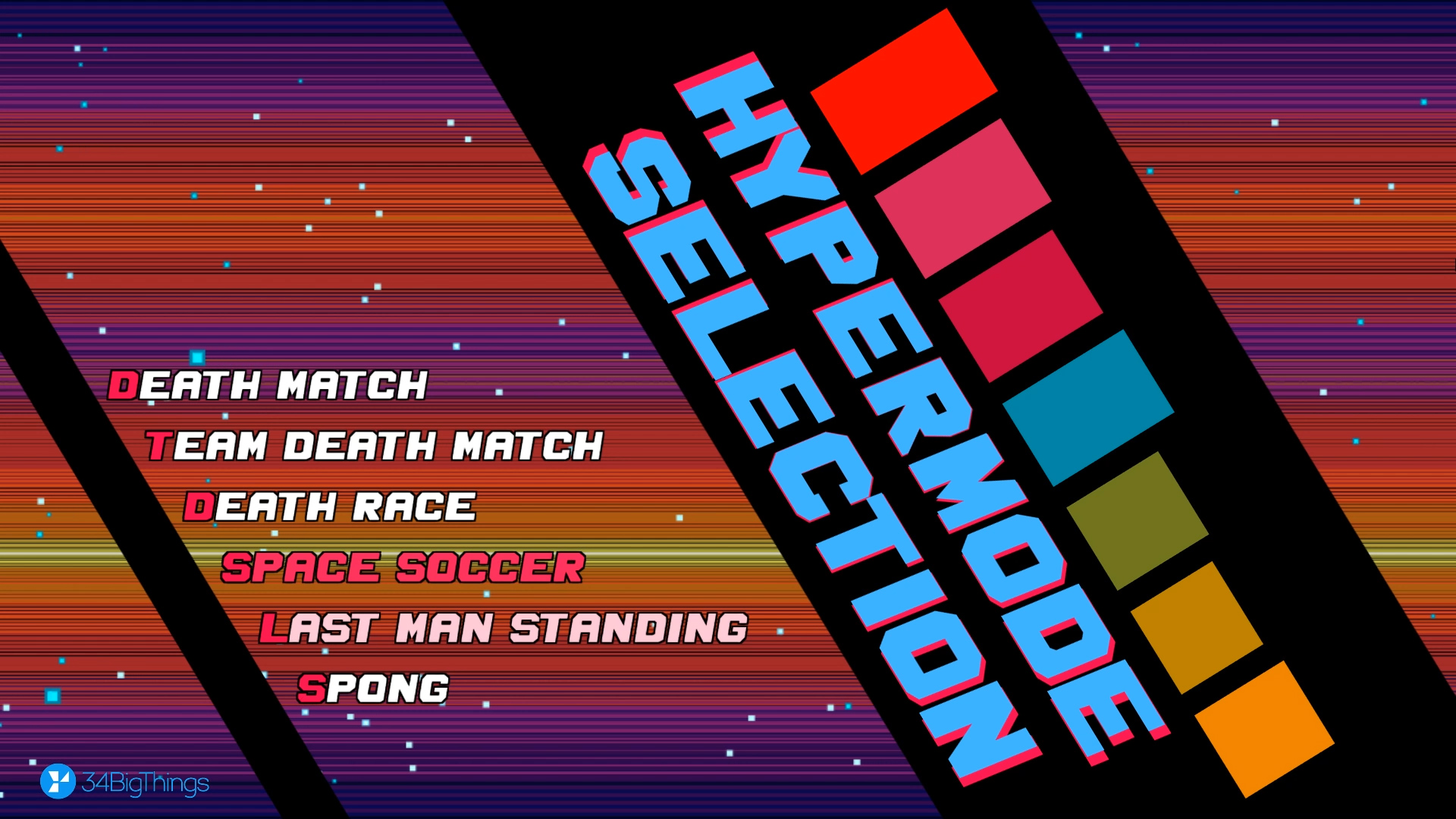
Who needs money?
Generating revenue has never been the main goal for Hyperdrive Massacre: the idea was to have a go at publishing something on Steam and Xbox One, navigate through the certification process (which was unexpectedly smooth), and to finally have a game on the market with the 34BigThings logo on it. Despite all that, we couldn’t help being a little downhearted when the game turned out to be selling very, very little.

Nidhogg, Towerfall and Starwhal managed to perform well on Steam, so we thought that a game like HDM could be reasonably successful on that market: and that didn’t happen for various reasons.


The game was pretty much designed around its ideal play setting (a couch and a big TV), which implies controllers. The “controller required” notice on a PC gaming platform, coupled with the absence of online multiplayer, caused a generally cold reaction from players, even though an encouraging amount of positive feedback on the game itself from players who actually tried HDM with friends.
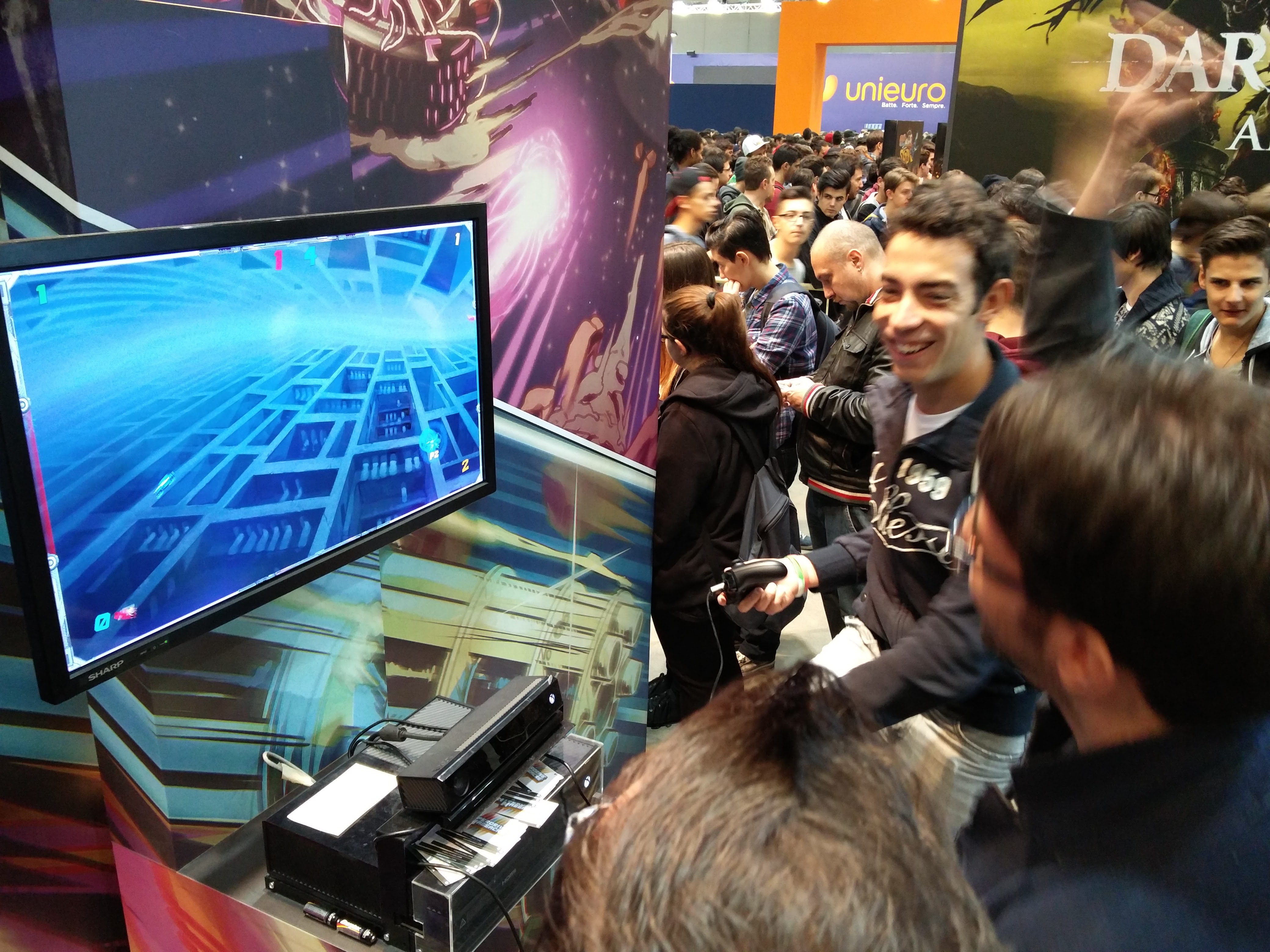
Lack of time and cut off features
Having a short development cycle and being self-funded (meaning, having to allocate lots of time on paid projects to keep the lights on) meant we had to be very tight on our feature list. Dynamic arenas, training missions, a single-player campaign mode, more rewarding special effects and celebrations - these were all features that would have immensely helped in making HDM more appealing to our players, but we had to scrap really soon if we wanted to make the best out of the little time we had. Our schedule was so tight that some of the original prototype code is still in the game: we simply couldn’t find the time to rewrite it. It’s so hard to hear players say, “your game could really use this!” and thinking “I know, we just can’t find the time to do it” while biting your lip. Things went a little better when we launched on Xbox One, but being on our target platform didn’t make up for the shortcomings of the product.
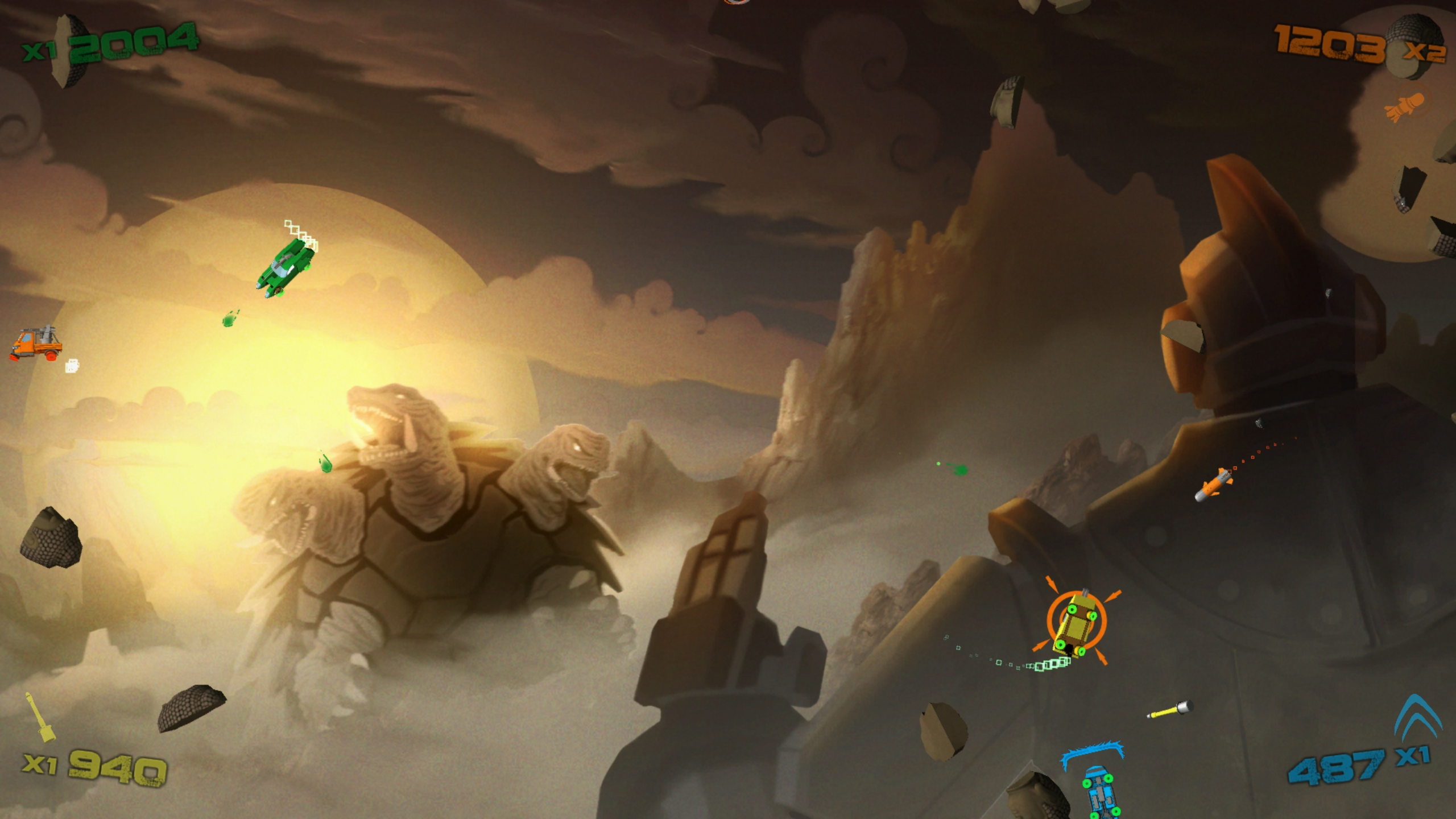
We still believe Hyperdrive Massacre is an entertaining game, and a Metascore of 73 reinforces our opinion, but its strong points are not immediately accessible. That becomes evident when comparing the enthusiastic player reactions and press reviews of those who were in the right situation (with friends) and mindset (relaxed, a little silly, not expecting flashy AAA things) who enjoyed it a lot, to others who just didn’t get it from the start, had different expectations, or simply don’t own a couch that’s big enough for loud friends. Lesson learned, we took our time and adjusted our development cycle for Redout accordingly, trying to understand what our audience really wanted (starting from online multiplayer) and finding the resources to implement it.
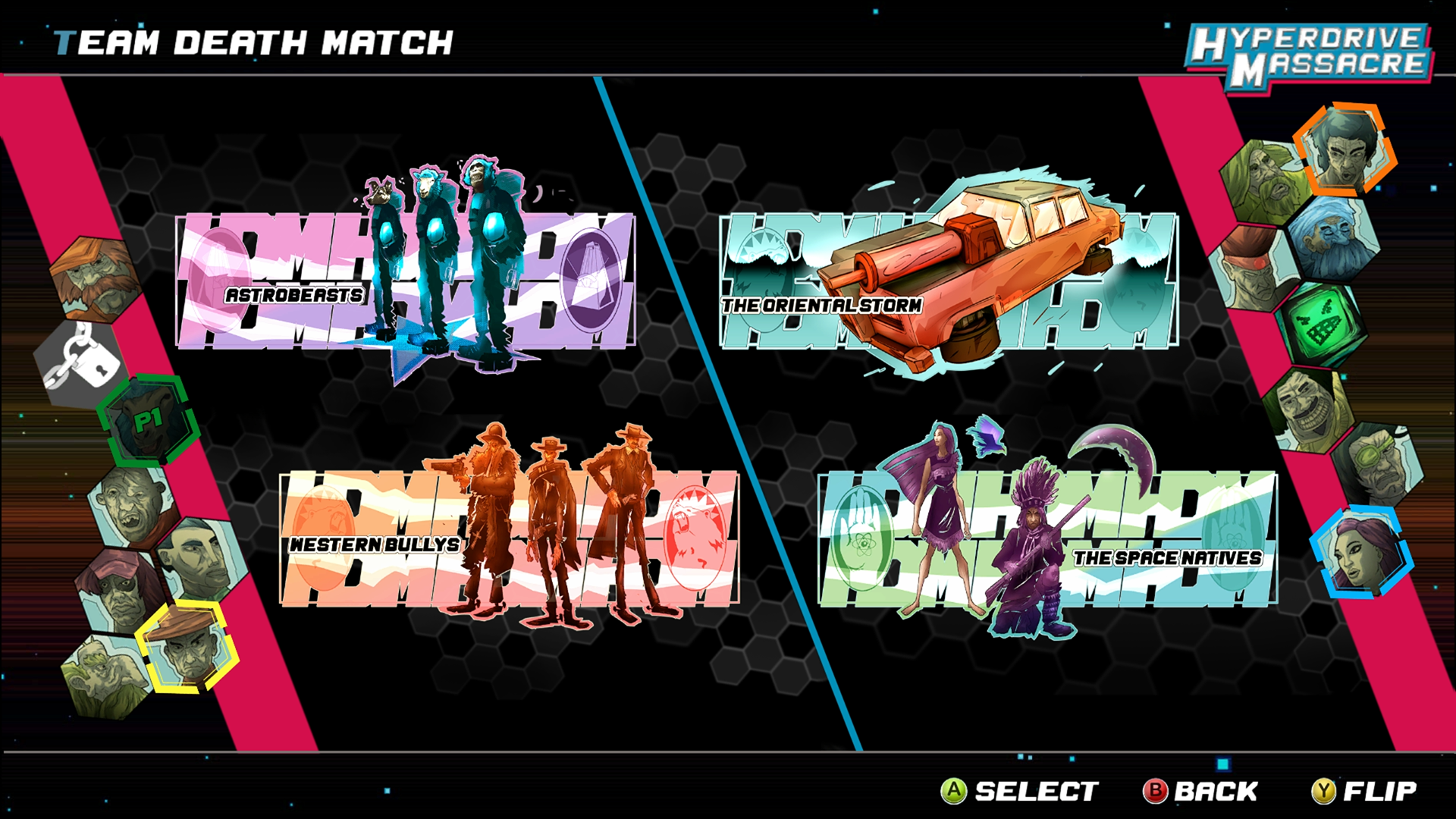
Follow 34BigThings on Twitter and Facebook if you want to see what they’ve learned and be amazed by their next game, Redout! “And, in case we actually convinced you that HDM is entertaining, why not get it for Steam or XBox?”, the developers suggest.
Comments




